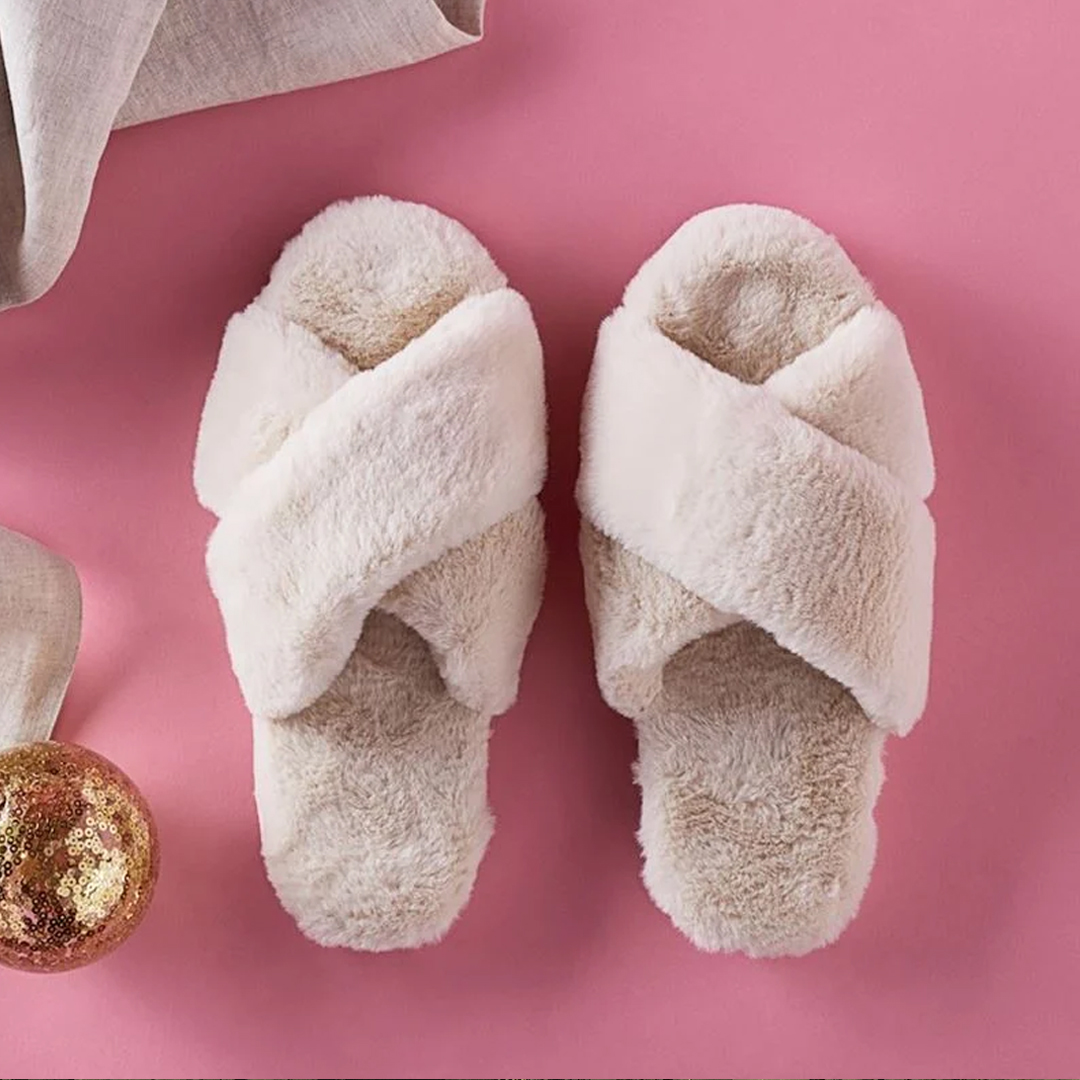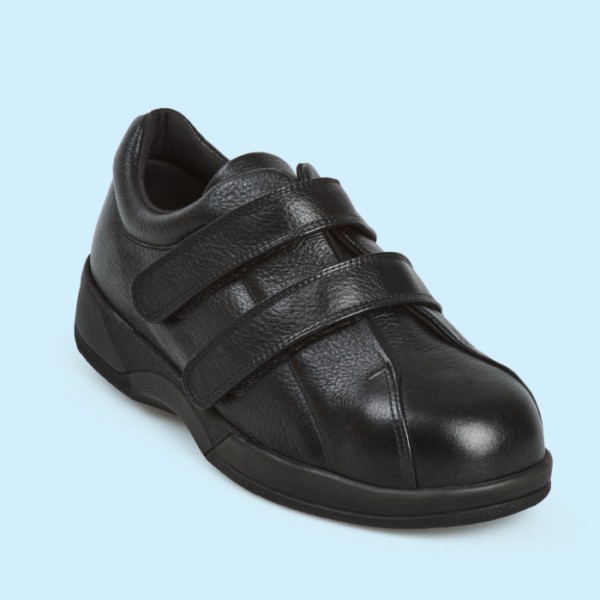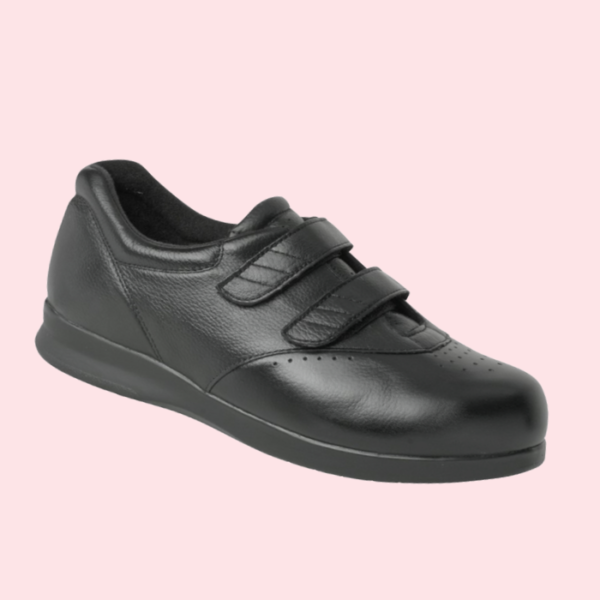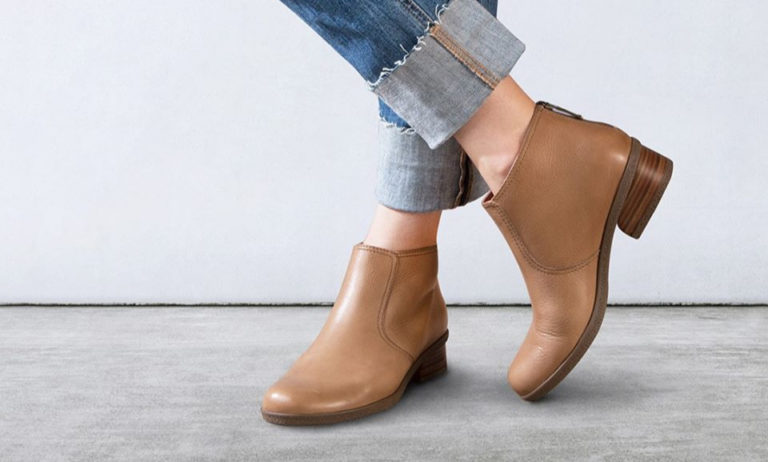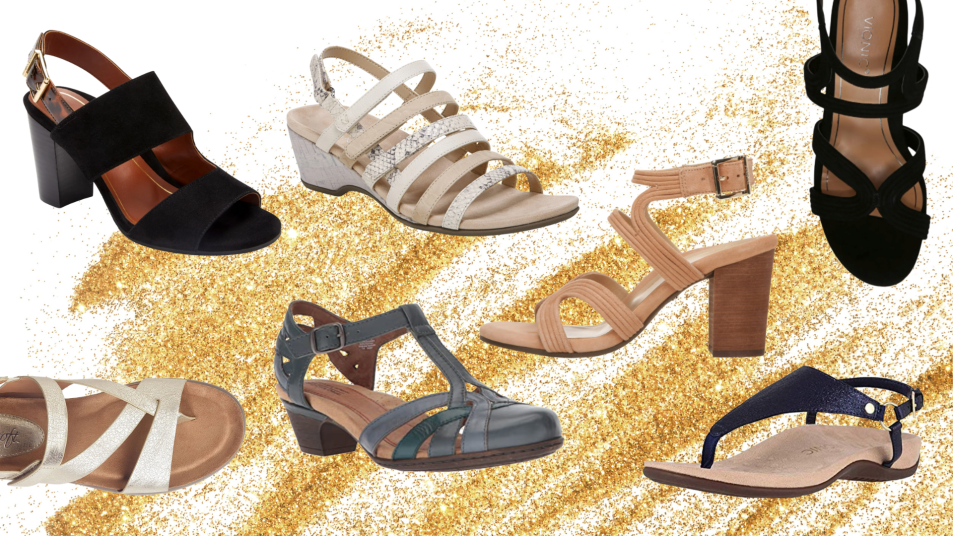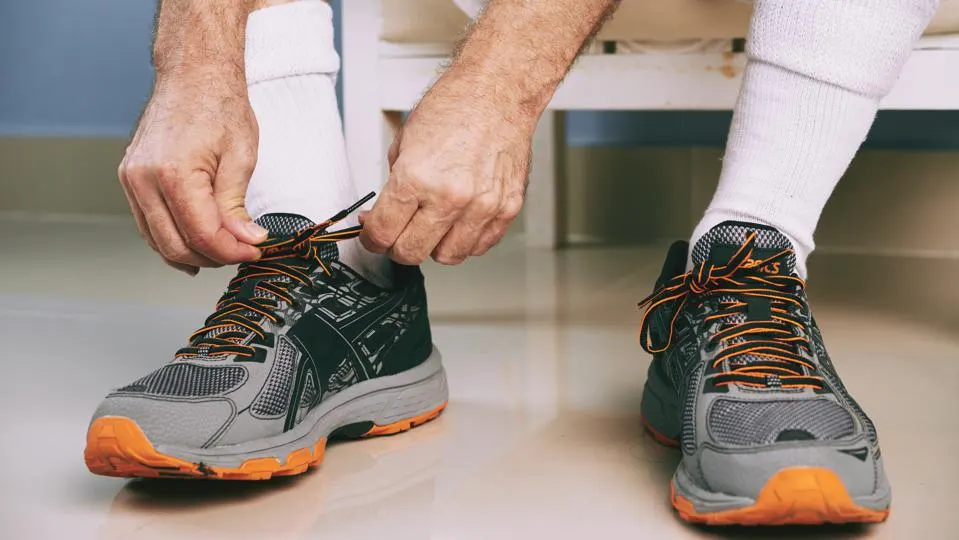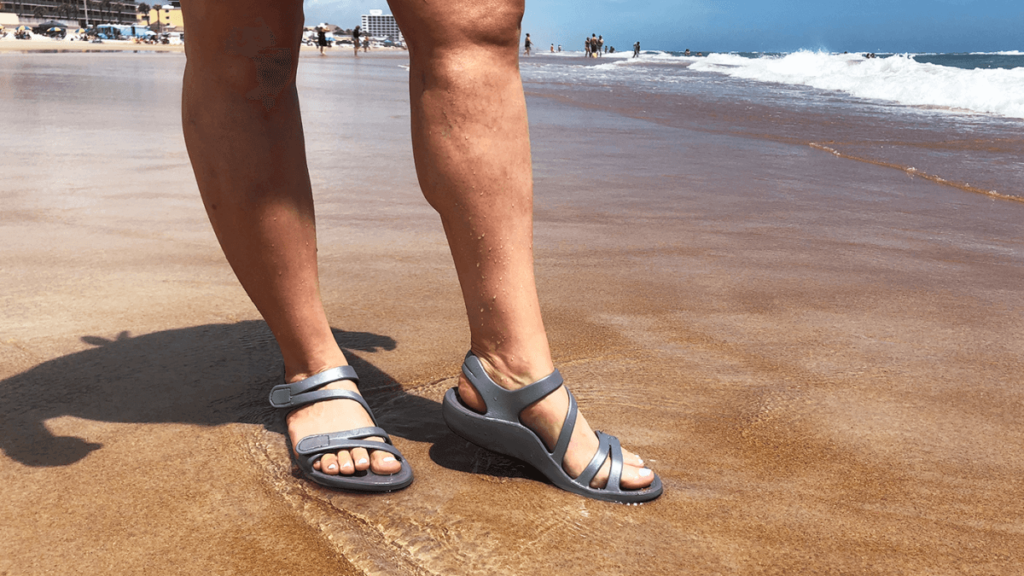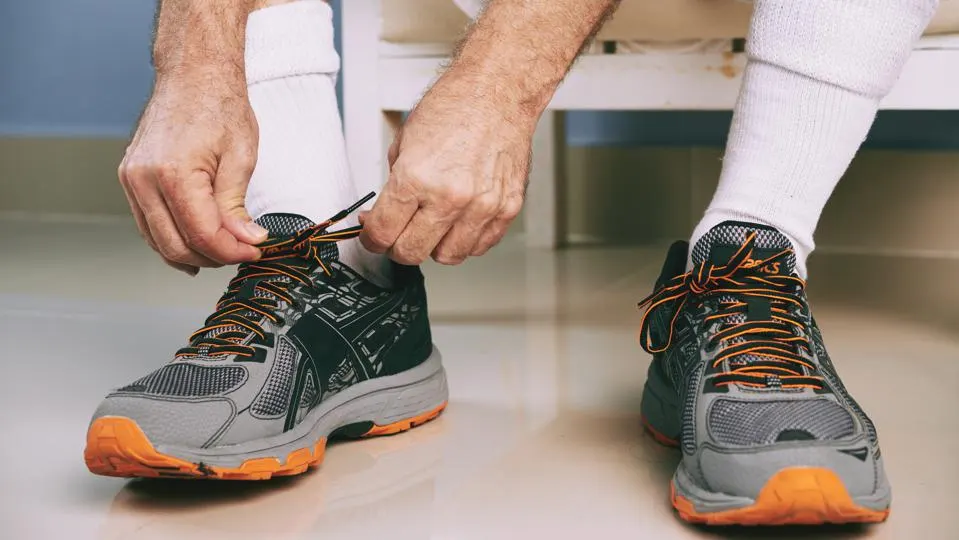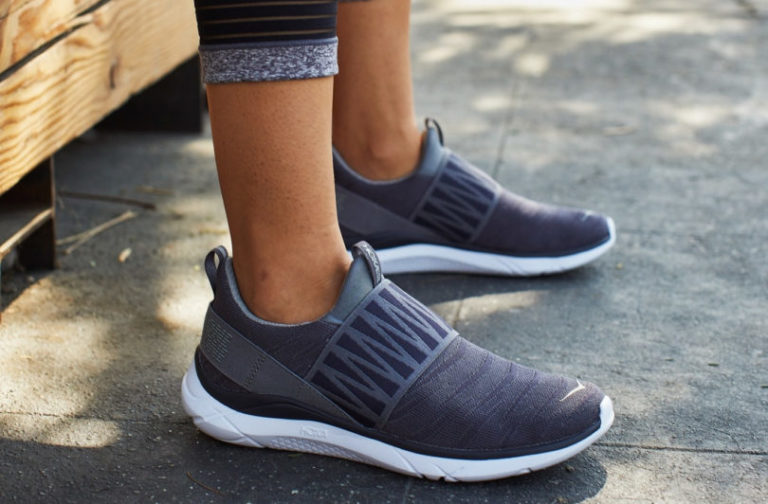When searching for boots for plantar fasciitis, it’s essential to consider key features that prioritise comfort, support, and foot health. Here is a summary of your guide to finding good plantar fasciitis boots:
Excellent Arch Support
Look for boots with built-in arch support to help alleviate strain on the plantar fascia and promote proper foot alignment. This feature helps distribute pressure evenly and reduces discomfort. When searching for boots suitable for individuals with plantar fasciitis, one crucial feature to prioritize is excellent arch support.
The arch of the foot plays a vital role in maintaining proper alignment and absorbing shock while walking or standing. Boots with built-in arch support provide stability to the arch, alleviating strain on the plantar fascia, the band of tissue that connects the heel to the toes. By reducing stress on the plantar fascia, these boots can help alleviate pain and discomfort associated with plantar fasciitis.
Proper arch support in boots can also improve overall foot posture and alignment. It helps distribute weight evenly across the foot, reducing pressure on specific areas and preventing overpronation or supination, which can contribute to plantar fasciitis. Look for boots that offer firm yet cushioned arch support, ensuring that the arch is adequately supported without sacrificing comfort. With proper arch support, you can experience improved stability and reduced pain, allowing you to walk and stand with greater ease.
Boots For Plantar Fasciitis with Cushioned Footbed
Another essential feature to consider in boots for plantar fasciitis is a cushioned footbed. The footbed, also known as the insole, provides a layer of padding and shock absorption between your feet and the ground. Cushioned footbeds made from high-quality materials like memory foam offer superior comfort by contouring to the shape of your feet and providing targeted support where it’s most needed. They help cushion the impact of each step, reducing pressure on the plantar fascia and minimizing discomfort.
Opt for boots with a cushioned footbed, preferably made of high-quality materials like memory foam. The cushioning provides shock absorption and aids in reducing impact on the heels and arches.
In addition to comfort, a well-cushioned footbed can also help prevent the development of other foot conditions. It absorbs shock and reduces the strain on joints, reducing the risk of conditions such as arthritis or stress fractures. Look for boots with a cushioned footbed that is soft yet supportive, offering a balance of comfort and stability. With a properly cushioned footbed, you can enjoy enhanced comfort and protection for your feet throughout the day.
Buy Boots For Plantar Fasciitis with Adequate Heel Support
Choose boots for plantar fasciitis with a stable and supportive heel counter that keeps the heel securely in place. This feature helps minimize excessive foot movement and offers added stability.
Heel support is a crucial aspect to consider when selecting boots for plantar fasciitis. The heel plays a significant role in maintaining balance and stability while walking, and proper support in this area can help alleviate pain associated with plantar fasciitis. Boots with an adequate heel counter, the part of the boot that wraps around the back of the heel, provide stability and prevent excessive foot movement. This helps reduce strain on the plantar fascia and provides additional support to the arch and overall foot structure.
When trying on boots, ensure that the heel counter fits snugly around the heel without causing any discomfort or rubbing. It should hold the heel securely in place, preventing excessive side-to-side or up-and-down movement. The heel counter should be firm enough to provide stability but still offer some flexibility for natural foot movement. By choosing boots with adequate heel support, you can enhance stability, reduce strain on the plantar fascia, and experience greater comfort while walking or standing for extended periods.
Ample Toe Box Space
Ensure the boots have a spacious toe box that allows the toes to move freely without restriction. This feature helps prevent pressure on the toes and provides comfort for individuals with bunions or other toe conditions. In the search for boots suitable for plantar fasciitis, it’s crucial to consider the amount of space available in the toe box.
The toe box is the area at the front of the boot that surrounds and accommodates the toes. Boots with ample toe box space provide enough room for the toes to move and splay naturally, without constriction or pressure on the bunion or other toe conditions.
Having sufficient toe box space is particularly important for individuals with bunions, as tight-fitting shoes can exacerbate pain and discomfort in the bunion area. Boots with a wider and deeper toe box allow the toes to spread out, relieving pressure on the bunion and reducing friction. This feature also helps prevent the development of additional foot issues, such as hammertoes or corns. When trying on boots, ensure that there is enough space in the toe box for your toes to wiggle comfortably without feeling cramped or restricted. This allows for proper blood circulation and reduces the risk of developing blisters or calluses. By choosing boots with ample toe box space, you can provide your toes with the freedom they need and alleviate discomfort associated with bunions or other toe conditions.
Adjustable Fit
Look for boots with laces, straps, or adjustable closures, as they allow you to customize the fit according to your foot shape and provide a secure yet comfortable feel.
An adjustable fit is a key consideration when selecting boots for plantar fasciitis. Everyone’s feet are unique in terms of shape, size, and width. Therefore, boots that offer adjustable features such as laces, straps, or closures allow you to customize the fit according to your specific foot requirements. This ensures a snug and secure fit, preventing any slippage or excessive movement within the boot.
Having an adjustable fit is particularly beneficial for individuals with plantar fasciitis as it allows for better control over the tightness or looseness of the boot. You can customize the fit to accommodate any foot swelling that may occur throughout the day or adjust the boot to provide additional support in specific areas. An adjustable fit also enables you to find the right balance between comfort and stability, ensuring that your boots provide the necessary support for your plantar fascia without causing any discomfort or pressure points.
By choosing boots with an adjustable fit, you can have greater control over the fit and feel of the boots, allowing you to personalize your footwear experience and optimize comfort for your plantar fasciitis condition.
Shock-Absorbing Outsole
Consider boots with a shock-absorbing outsole that helps reduce impact while walking. This feature cushions the feet and minimizes strain on the plantar fascia.
A shock-absorbing outsole is a valuable feature to consider when searching for boots for plantar fasciitis. The outsole is the bottom part of the boot that comes into contact with the ground. A shock-absorbing outsole helps minimize the impact of each step, reducing the stress and strain on the plantar fascia and other areas of the foot.
Boots with a shock-absorbing outsole are typically made from materials that provide cushioning and flexibility, such as rubber or EVA (ethylene-vinyl acetate). These materials absorb the forces generated while walking or standing, reducing the pressure on the feet and joints. This feature helps prevent excessive jarring and provides an added layer of comfort and protection for individuals with plantar fasciitis.
When selecting boots, look for those with a visibly thicker and more cushioned outsole. This indicates a greater level of shock absorption, enhancing the overall comfort and support provided by the boots. With a shock-absorbing outsole, you can enjoy a smoother and more comfortable walking experience while minimizing the impact on your plantar fascia.
Breathable and Moisture-Wicking Materials
Opt for boots made from breathable and moisture-wicking materials like leather or mesh. These materials help keep your feet dry, prevent excessive sweating, and reduce the risk of bacterial or fungal infections.
Choosing boots made from breathable and moisture-wicking materials is essential for maintaining foot hygiene and comfort, especially for individuals with plantar fasciitis. Boots that allow proper airflow and effectively wick away moisture help keep the feet dry, cool, and free from bacterial or fungal infections.
Breathable materials such as genuine leather or mesh promote air circulation, preventing excessive sweating and the build-up of moisture. These materials allow heat and moisture to escape, reducing the risk of unpleasant odors and discomfort. Additionally, moisture-wicking properties in the boot’s lining or insole help draw perspiration away from the foot, keeping it dry and reducing the likelihood of blisters or skin irritation.
When trying on boots, pay attention to the materials used and ensure they provide breathability and moisture-wicking properties. This feature not only promotes foot health but also enhances overall comfort, allowing you to wear the boots for extended periods without feeling sweaty or uncomfortable.
Conclusion
In conclusion, finding boots that cater to the needs of individuals with plantar fasciitis involves considering several key features. Excellent arch support, a cushioned footbed, adequate heel support, ample toe box space, an adjustable fit, shock-absorbing outsole, breathable and moisture-wicking materials, a slip-resistant sole, and proper sizing and fit all play significant roles in providing comfort, support, and relief for plantar fasciitis symptoms. By selecting boots that incorporate these features, you can enhance your walking experience, minimize pain, and promote foot health. Remember to prioritize the well-being of your feet and consult with a healthcare professional if you have specific concerns or questions related to your condition.
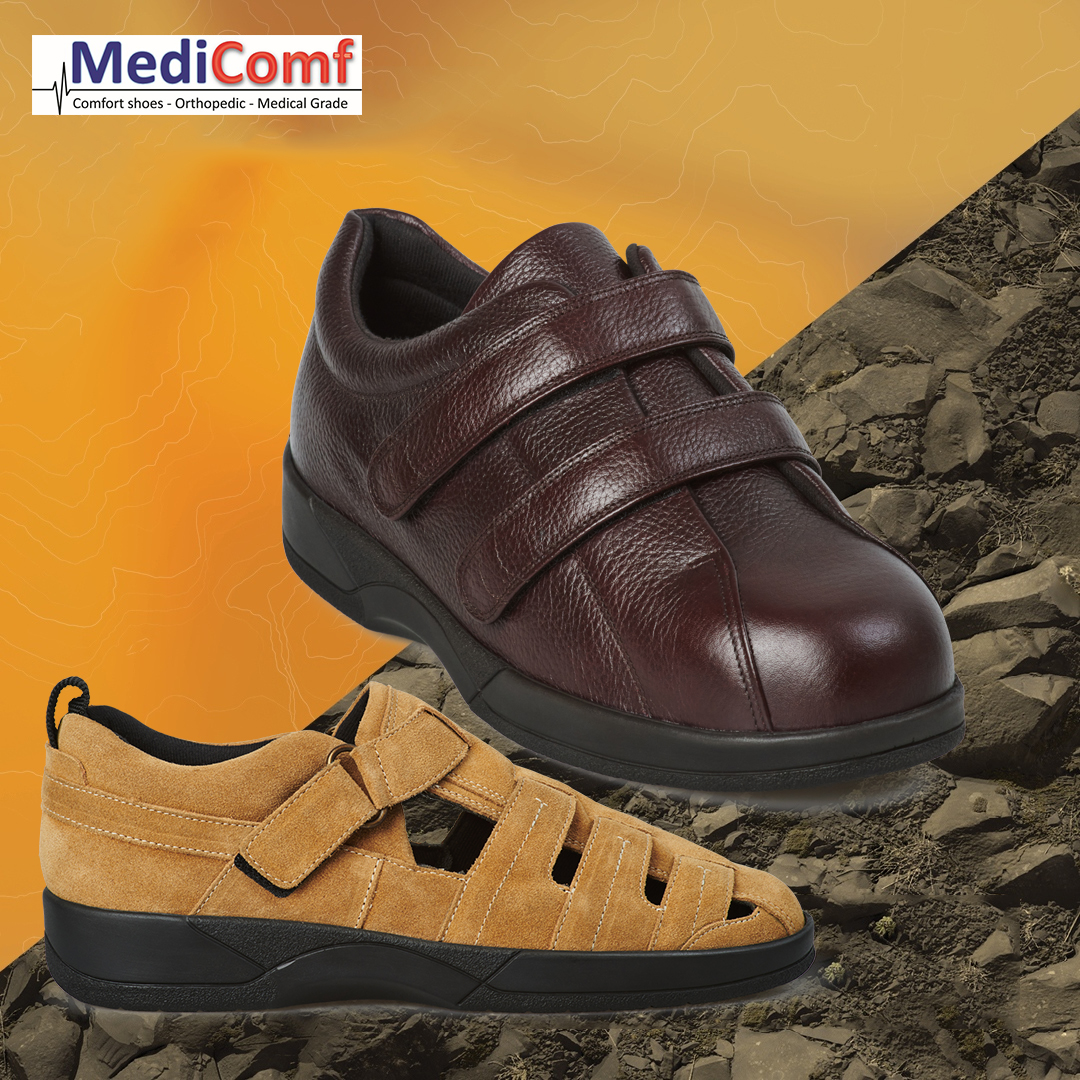
Shoes
